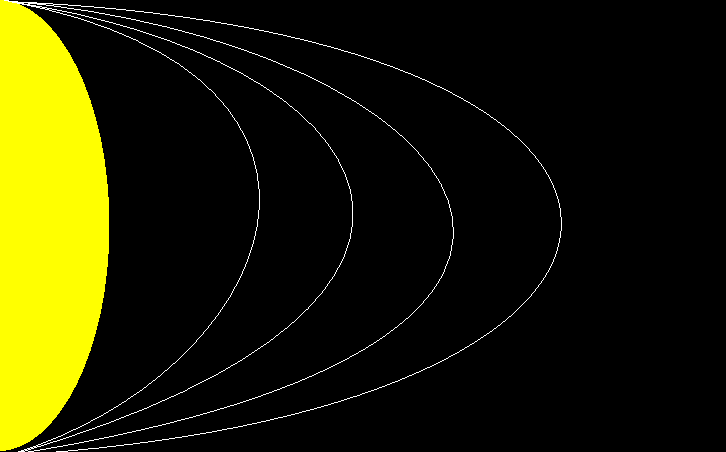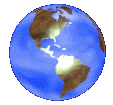

|
Earth - Sun - Moon
Learn more about space at these great websites: Windows to the Universe Kids' Space |
Use the Fact Sheet above to answer these questions:
|
More Questions to think about:
1. When the sun is directly over your head, can it also be directly over someone's head in California? .
2. If it is noon here in New Jersey, is it morning or afternoon in California?
3. If is is noon in London, England, what time is it in New Jersey?
Just about noon
A few hours after noon
A few hours before noon

Here are 2 views of the 9 planets in their correct order from the sun.Click the Sun to learn more about it.
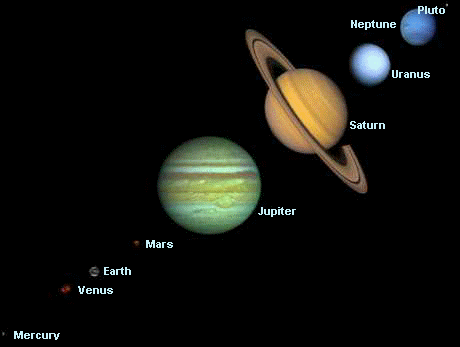
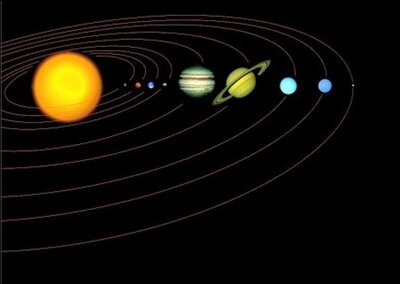
Here are individual pictures of the planets. Their relative sizes are not necessarily correct.
Click a planet below or the Sun above or below to find out more about them.
|
ROCKY INNER PLANETS |
|||||
|
|
|
|
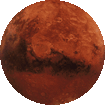
|
||
|
MERCURY |
VENUS |
EARTH | MARS | ||
|
GASEOUS OUTER PLANETS |
|||||
|
|
|
|
|
|
|
| JUPITER | SATURN | URANUS |
NEPTUNE |
PLUTO |
|
Click the Earth to enlarge it. 
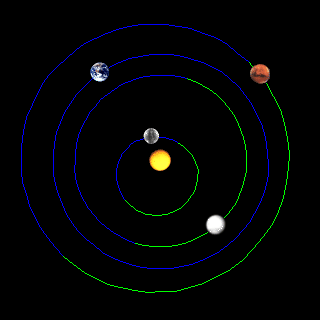
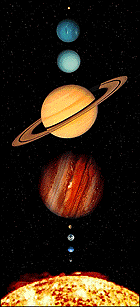
Copy and paste the diagram below into Paint.
Copy, paste, size, and label the inner planets on this diagram.
